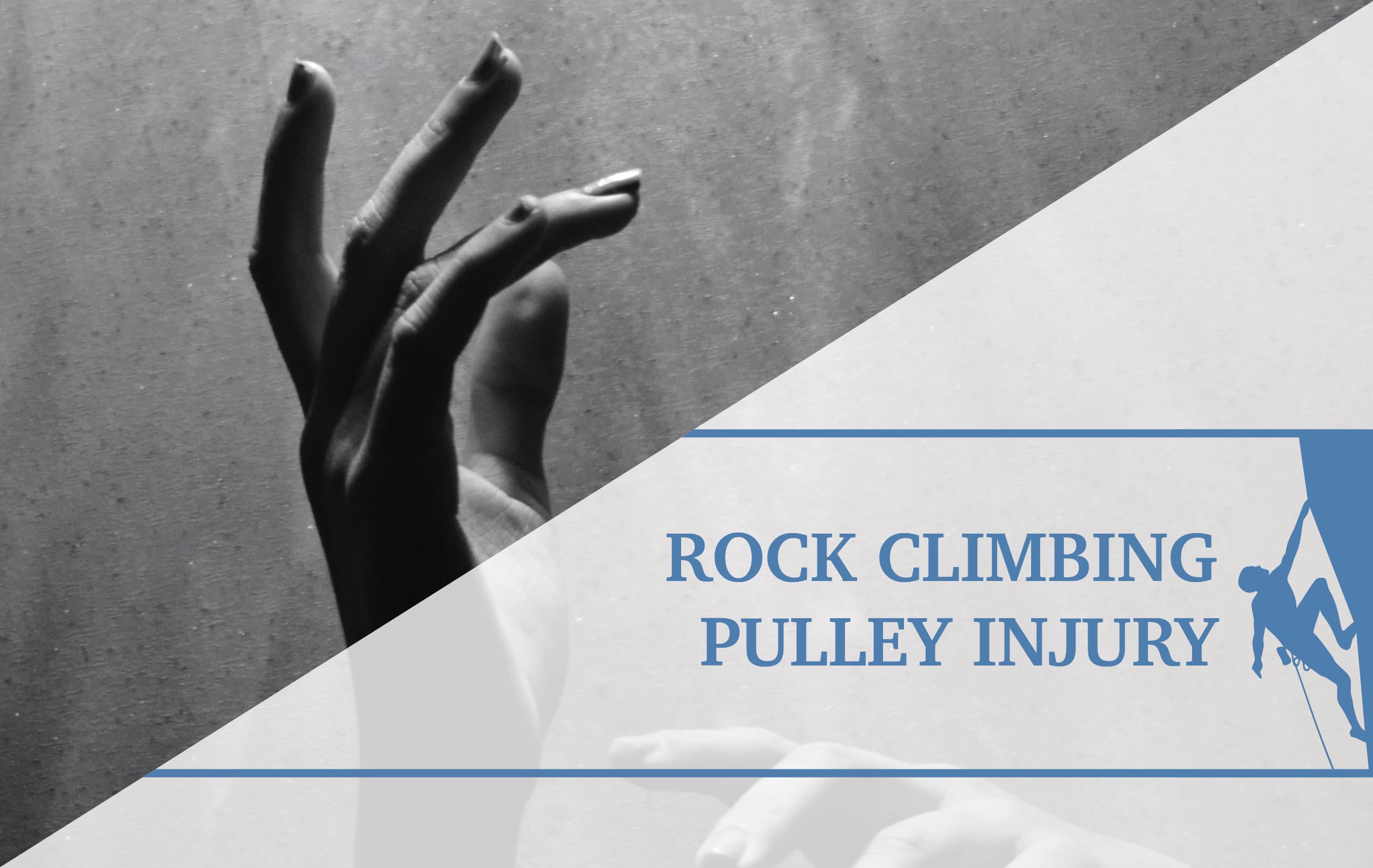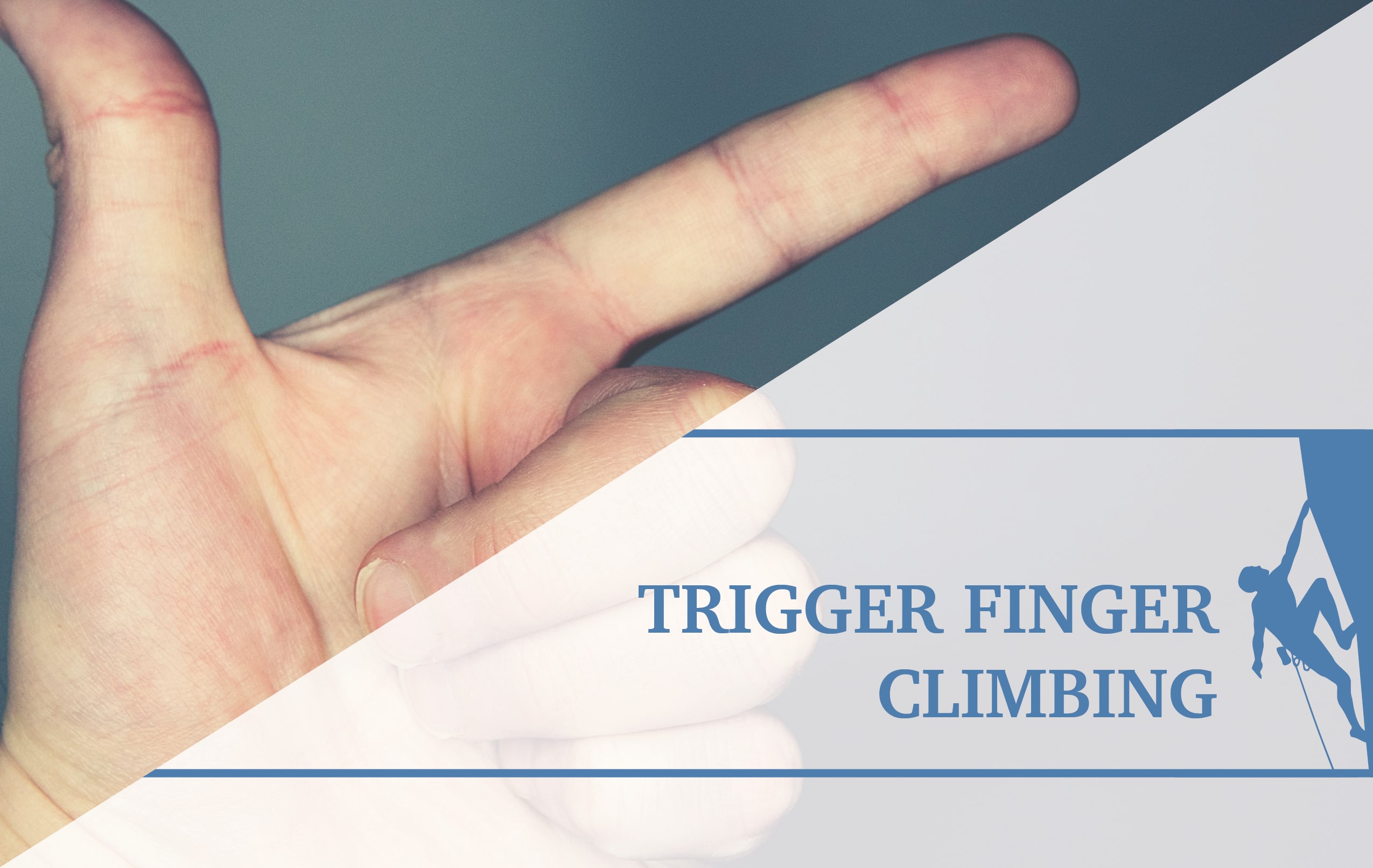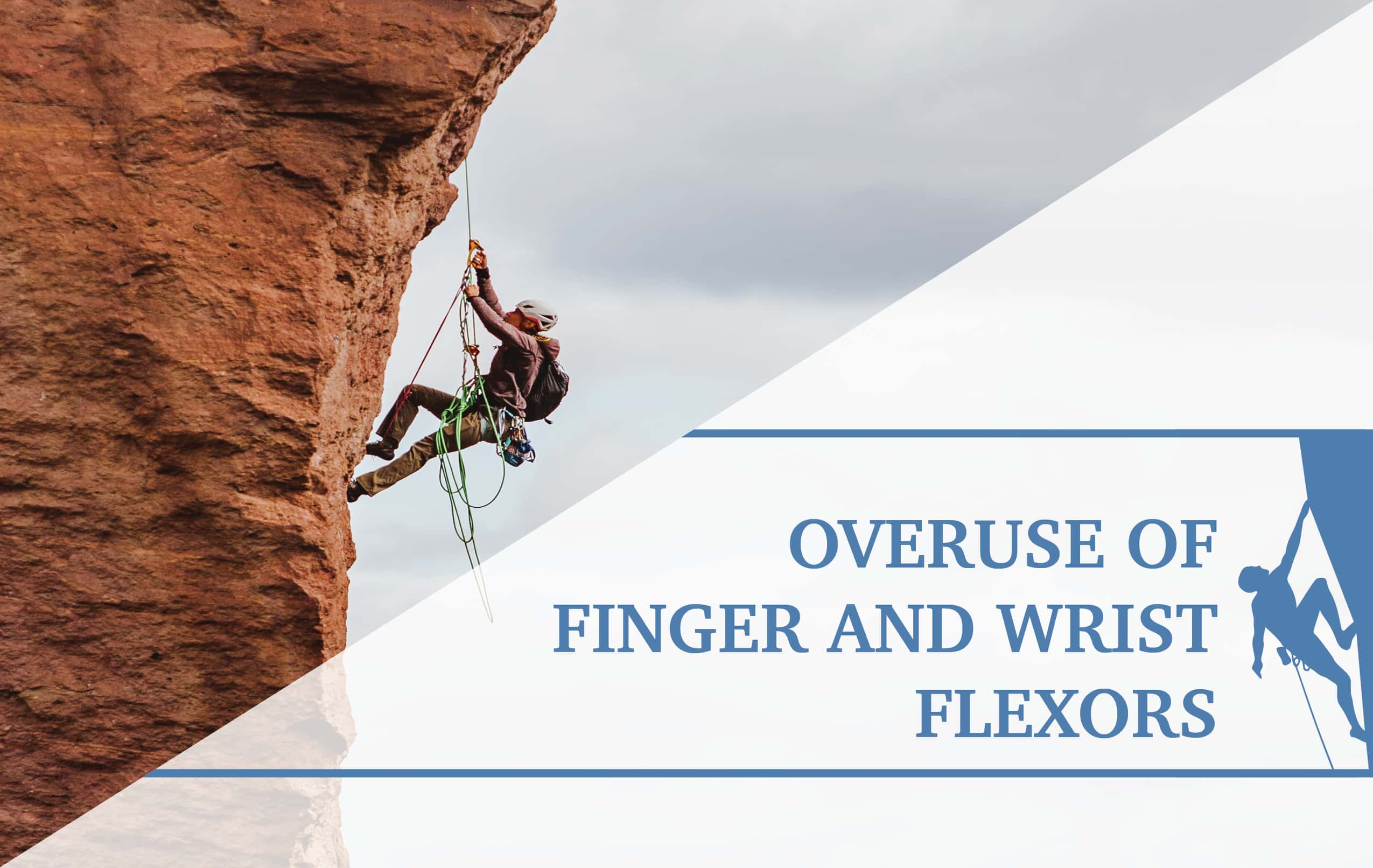Lateral Epicondylitis vs. Lateral Epicondylgia
Question:
Hello Doctor Vagy,
I am a 55 year old climber and my orthopedic doctor diagnosed my overuse injury as Lateral Epicondylitis in my arms. Can you explain the difference between Lateral Epicondylitis vs. Lateral Epicondylgia? I also suffer from a similar issue on the inside of my knees. I do feel that these areas get inflamed from training.
I read your article in DPM Climbing magazine (Issue 25) and cringed when you hinted that static stretching may not be helping to heal the Lateral Epicondylitis. Almost all the climbers in my entourage are affect with tendon related injuries and we constantly discussing/searching for ways which can provide some sort of relief.
Any thoughts on this issue.
Regards,
Barry R
Answer:
Barry,
Lateral epicondylitis has been the previous named used to label the condition that you describe. The term ” Itis” means inflammation. Recently the condition has been advocated as being termed epicondylalgia due to the lack of an inflammatory condition(see reference). Meaning that under closer examination, there was no inflammation. The name change is more than just semantics though as it helps guide treatment as well.
Stretching has not shown to improve the condition. What has been strongly suggested in literature is that very specific exercises help improve the pain.
Svernlov and Adolfsson (See reference) completed a multi- part study comparing stretching to eccentric training for those with lateral epicondylalgia. Eccentric training is the lowering phase of an exercise. For example in the wrist it is lowering the wrist back to neutral. In the study, the exercise group demonstrated significantly successful improvements over the stretching group when looking at changes in pain scale and pain-free grip strength measures.
The next issue of DPM will have an injury prevention article highlighting these exercise, but if you want a sneak peak you can search for “Tyler twist” exercise online. For this exercise, you would need to purchase a simple exercise bar called a flexbar. However, similar exercises can be performed with bands or weights emphasizing the “eccentric” or “lengthening” component of the motion. Repetition should be 3 sets of 15.
Kraushaar BS, Nirschl RP. Current concepts review: tendinosis of the elbow (tennis elbow). J Bone Joint Surg Am. 1999;81:259–277.
Svernlov B, Adolfsson L. Nonoperative treatment regime including eccentric training for lateral humeral epicondylalgia. Scand J Med Sci Sports. 2001;11:328–334
“Always consult your physician before beginning any exercise program. This general medical information is not intended to diagnose any medical condition. If you experience any pain or difficulty with these exercises, stop and consult your healthcare provider.”
- Disclaimer – The content here is designed for information & education purposes only and the content is not intended for medical advice.




